1. Introduction
Over the past few decades, the gaming industry has transformed from a niche form of entertainment to a mainstream cultural phenomenon, evolving from simple arcade games to complex multi-platform games [1]. In addition, games have been transformed from mere forms of entertainment to platforms for social interaction and academic research [2, 3]. With this rapid expansion comes an increasing need to cater to different audiences with different physical and cognitive abilities. There are 1.3 billion people with disabilities worldwide, accounting for one-sixth of the world’s population [4], so people with disabilities should also be considered an important consumer group of games. While the game industry has made great strides in areas of game design such as technology and plot design, the accessibility of game design is still an area that needs to be explored and improved.
The accessibility of video games has become an area of research and development that cannot be ignored [5]. The core goal of accessibility is to design games that as many people as possible can enjoy, regardless of their physical or cognitive abilities. To achieve this goal, industry and researchers have made several important advances. For example, universal Accessible Games (UA-Games), a novel approach to design, emphasizes inclusion in games from the start [6]. Besides, the advent of adaptive controllers, customizable interfaces, and assistive technologies and software not only makes gaming more accessible to people with disabilities, but also enhances the gaming experience for all players [7]. Hardware investment and development are also driving progress in this area [8]. For example, the Xbox Adaptive Controller released by Microsoft is a prominent example, which is “primarily designed to meet the needs of gamers with limited mobility” [9]. In addition to hardware and software improvements, game design has to consider all aspects of accessibility, including visual, auditory, motor, cognitive, and environmental awareness improvements, especially when considering accessibility gaps [10]. Game accessibility guidelines published by various organizations also provide clear direction on how to create more accessible video games [11]. Overall, the goal in this field is to reduce or remove barriers that may prevent players from fully engaging with the game experience. Improvements in accessibility design for video games from 2005 to 2010 also marked a period of significant growth for the field [12].
This review aims to provide a comprehensive overview and analysis of accessibility in game design. This review will explore each aspect that defines and constitutes accessibility design and examine examples of games that have set benchmarks in the field. Besides, this review will discuss the challenges and obstacles developers face in implementing accessibility features and provide recommendations in this area.
2. Defining accessibility in game design
Accessibility in game design is defined as making video games accessible to people with all types of disabilities. Factors such as visual impairment, hearing impairment, cognitive impairment and movement impairment need to be considered [12]. These factors are considered to create an inclusive gaming environment that minimizes barriers to entry and allows players with disabilities to participate and play on an equal basis with other non-disabled players, rather than designing a game specifically for people with disabilities [13, 14]. Accessible game design is also beneficial for non-disabled players. It can enhance the gaming experience for players with different preferences of settings. Not only that, but accessibility design is also beneficial for game developers, as it can increase the potential market size, user satisfaction, and social rating of a game [15].
3. Overview of the Three-Steps Interaction Model
This cyclical model illustrates how players continuously engage with the game, processing stimuli, making decisions, and taking actions until they win, lose, or decide to quit [5]. Three main steps: 1) Receive stimuli: The player sense stimuli from the game, such as visual or auditory cues. 2) Determine response: The player decides on an in-game response based on the perceived stimuli. 3) Provide input: The player sends their input through the input device into the game. Figure 1 shows the interaction sequence diagram.
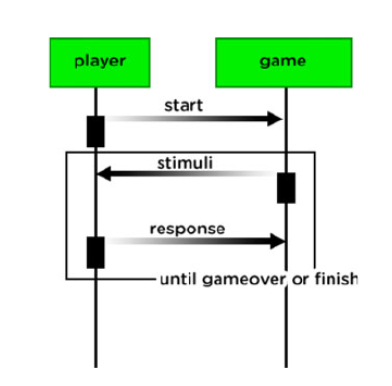
Figure 1. Interaction sequence diagram [5].
3.1. Challenges at each step for players with disabilities
3.1.1. Receive stimuli. Players with visual impairments may have trouble to perceive visual cues, while those with hearing impairments might miss auditory cues [8, 16].
3.1.2. Determine response. Cognitive impairments can affect decision-making processes, making it challenging for players to determine the best in-game response [16].
3.1.3. Provide input. Physical disabilities might limit a player’s ability to use traditional input devices, affecting their interaction with the game [8, 16]. Figure 2 shows the accessibility barriers at each step of the 3-step model and the possible types of disabilities.
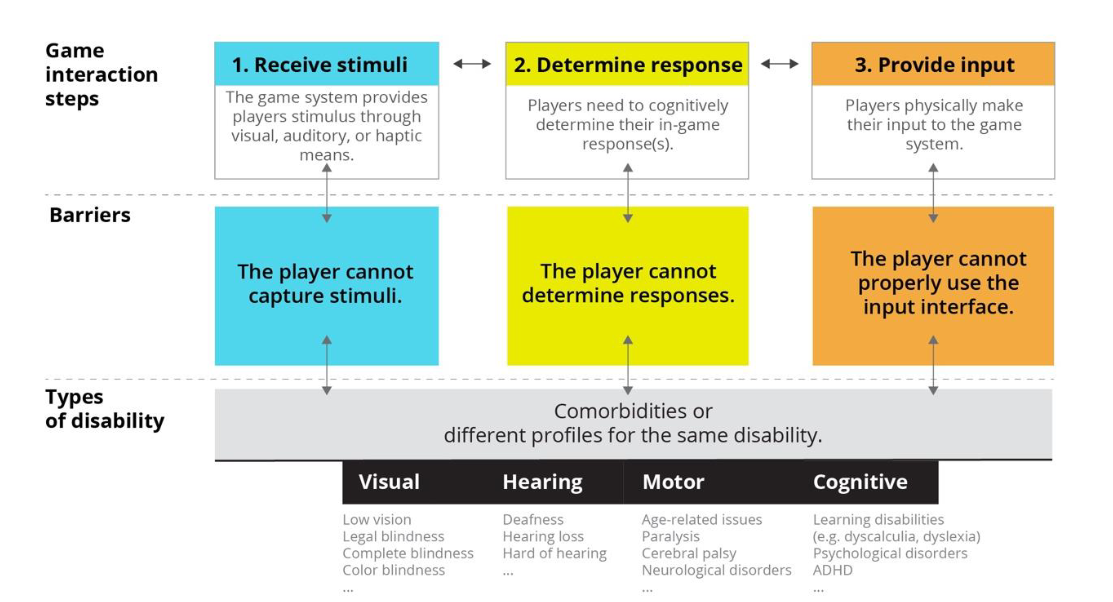
Figure 2. Graphic synthesis connecting the game interactions, accessibility barriers and types of disabilities. Adapted from [16].
4. The Multifaceted Nature of Game Accessibility
4.1. Visual accessibility: considerations for players with visually disabilities
In-game visual assistance does more than just provide larger text or brighter colors, it aims to create an inclusive environment that allows visually impaired players to navigate and interact with the game world as seamlessly as possible. This requires sophisticated tools that go beyond just enlarging text or brightening colours. Readability and recognition are improved by increasing the colour contrast between foreground and background. This is particularly useful for the visually impaired as it reduces the blurring and clutter of visual information [15]. The integration of screen readers transforms the game narrative from visual to auditory, ensuring a richer understanding of the storyline and game elements [5]. Furthermore, traditional visual cues can sometimes be replaced with tactile or auditory signals. For example, a vibration from the controller when there is an enemy nearby, or perhaps a distinctive sound when an event such as a door opening occurs [5,15]. And for players suffering from colour blindness, games now offer tailored colour schemes to clarify and differentiate game elements [15,17].
4.2. Auditory accessibility: considerations for players with hearing disabilities
For all video game players, the auditory dimension of the game is crucial, but players with hearing impairments have difficulty hearing the sounds in the game. In this case, subtitles can help players with hearing impairments to fully experience the game by showing dialogues and important sound effects and ensuring that no narrative elements are missed [5,15]. In addition to this, the introduction of visual elements such as icons can fill in the gaps left by auditory cues, such as flashing arrows to indicate where the next step needs to be to move forward [5]. To further enhance this experience, the ability for players to independently adjust the volume (from dialog to soundtrack to sound effects) to their needs becomes invaluable [15].
4.3. Motor accessibility: considerations for players with physical disabilities
Mobility Accessibility focuses on removing any physical barriers that may prevent players from fully experiencing the game, allowing people with limited physical abilities to play the game. Customizable control layouts allow players to adapt the game interface to their physical abilities [15]. In addition to traditional gaming hardware, adaptive hardware is nowadays more and more emphasized, with tools such as foot pedals or voice controls allowing players to redefine their approach to gaming [8,9].
4.4. Cognitive accessibility: considerations for player with cognitively disabilities
Cognitive accessibility is often overlooked but is critical for players with cognitive impairments such as ADHD, dyslexia, or memory issues. The goal is to make the game fun and engaging without causing cognitive overload. For people with cognitive impairments, the world of video games can sometimes be overwhelming. This is where clarity becomes crucial. Clear and simple instructions allow players to quickly grasp the objectives and game mechanics [15]. In addition to this, freely adjusting the difficulty of the game ensures that each player finds their own rhythm and avoids excessive frustration [13,15]. For those players who need more time to process information or make decisions, some games now offer generous time limits or even remove them, ensuring that players can make decisions without time pressure [5,13].
5. Case Study: Accessible Games
Among the many games out there, there are some that are popular for their inclusive game design. These games have made significant strides in ensuring that players of all abilities can enjoy a seamless and immersive experience. Some of these standout games are listed here, along with the specific features they have implemented to support accessibility.
5.1. The Last of Us Part II
Naughty Dog developed this action game with accessibility for all players in mind. The game boasts a range of visual assistance features, including a high-contrast mode, a customizable HUD, and a fully navigable 3D audio mode tailored for blind players. For those with auditory needs, the game integrates subtitles complete with speaker labels and offers adjustable sizes, sound visualization, and distinct audio cues. Players with motion challenges can benefit from features like lock-on aiming, camera assistance, and the option to skip specific game segments. Additionally, to cater to players with cognitive challenges, the game provides multiple difficulty settings, lucid in-game instructions, and the flexibility to decelerate the game’s pace. Figure 3 shows some alternate controls settings in the game, and Figure 4 shows some navigation and traversal settings in the game.

Figure 3. A screenshot of “The Last of Us Part II”. Source: “The Last of Us Part II”, produced and published by Naughty Dog.
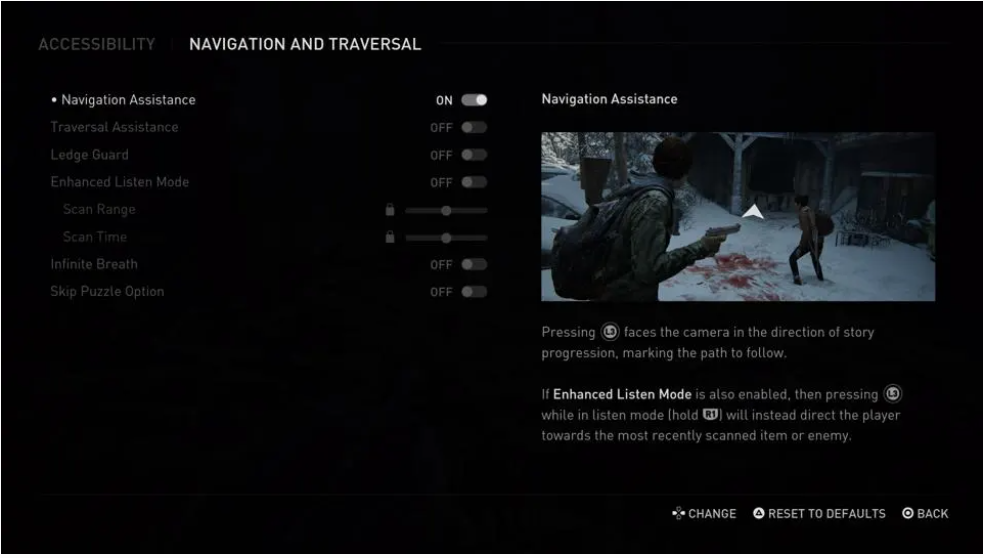
Figure 4. A screenshot of “The Last of Us Part II”. Source: “The Last of Us Part II”, produced and published by Naughty Dog.
5.2. Sea of Thieves
Rare has developed this multiplayer pirate adventure game that immerses players in expansive open worlds, treasure hunts, and thrilling naval battles. Recognizing the importance of inclusivity, the game incorporates a suite of accessibility features. For players requiring visual assistance, the game offers a ping system and a colourblind mode, facilitating communication without the need for voice chat. Auditory tools are also in place, with subtitles accompanying all in-game dialog and visual cues signalling crucial sound events. Those seeking motion accessibility can benefit from the game’s fully customizable controls, ensuring gameplay is tailored to individual needs. Additionally, to assist players with cognitive challenges, the game introduces simplified map reading tools and allows for adjustable game pacing. Figure 5 shows some accessibility settings in the game, and Figure 6 shows some keyboard and mouse settings in the game.
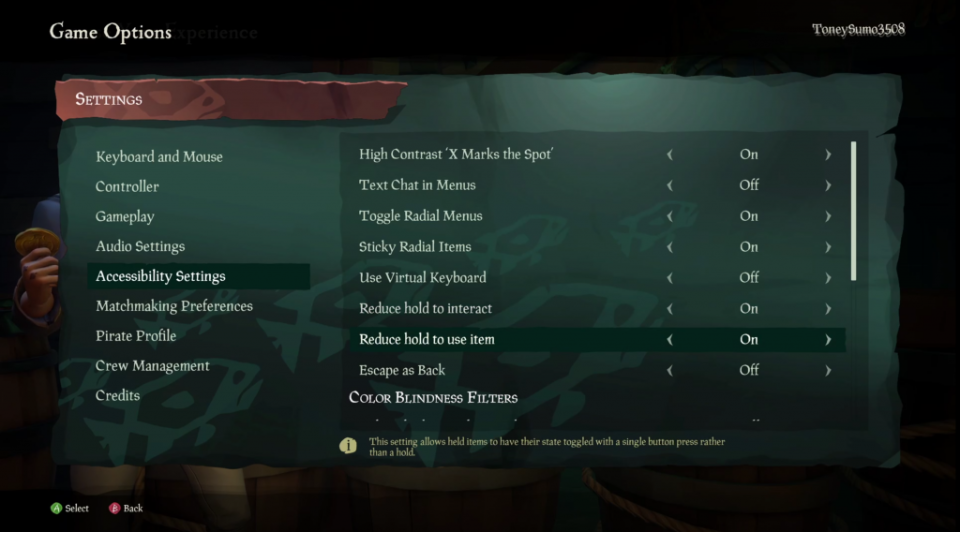
Figure 5. A screenshot of “Sea of Thieves”. Source: “Sea of Thieves”, produced and published by Rare.
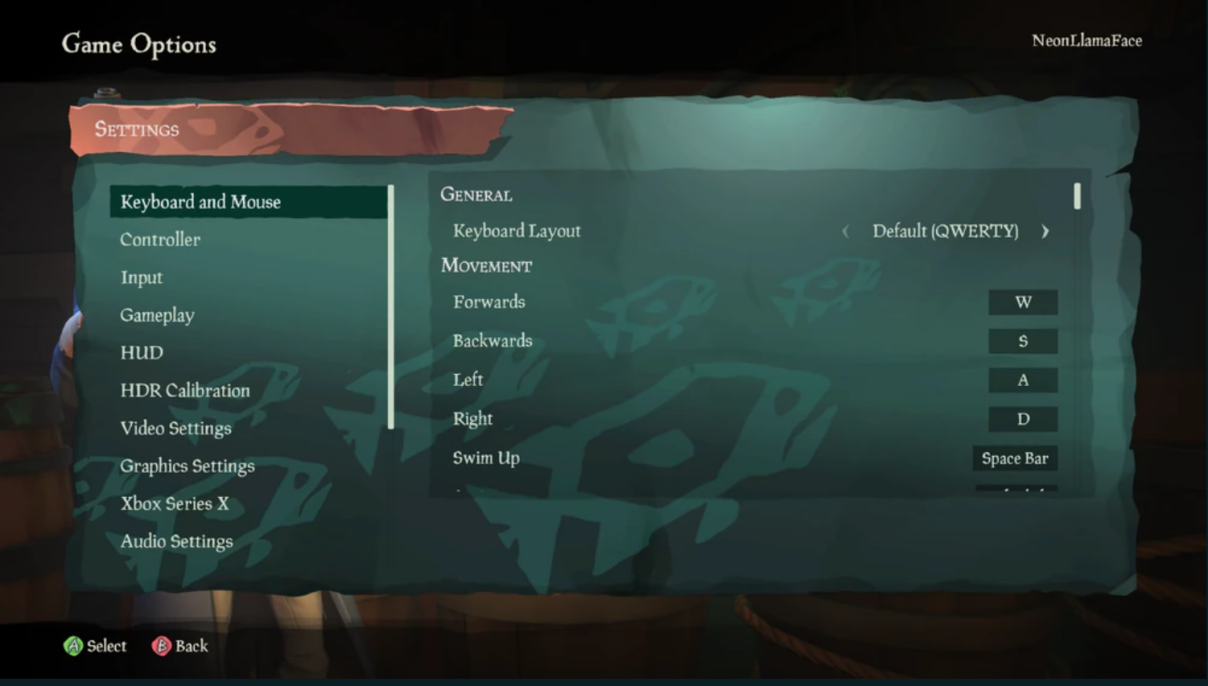
Figure 6. A screenshot of “Sea of Thieves”. Source: “Sea of Thieves”, produced and published by Rare.
5.3. Summary
“The Last of Us Part II” and “Sea of Thieves” are just two examples of games that considering accessibility, but they represent a growing trend in the industry. As developers continue to recognize the importance of inclusivity, expect more games to integrate full accessibility features to ensure that everyone can enjoy the game.
6. Discussion
6.1. Fun and Accessibility
6.1.1. Challenges. As technology advances and players’ expectations of the gaming experience continue to rise, the design and content of modern video games has become increasingly complex. This complexity includes detailed graphics, a full storyline, diverse character interactions, and diversified game mechanics. For many players, this complexity enhances the game’s appeal and immersion. However, in order to ensure that all players can fully enjoy the game, especially those with cognitive impairments, it may be necessary to simplify the game mechanics or provide additional tips. This can reduce the difficulty of the game, which can affect the experience of other players, making the game too easy or uninteresting for those who don’t have these needs.
6.1.2. Solutions. Different groups of players can be tested internally during game development, allowing developers to better understand their needs and preferences. This can help developers find the right balance of accessibility without compromising the fun of the game. In single-player games, multiple game modes or difficulty levels can be designed to suit different players. For example, a simplified mode can be provided for novices while providing a greater challenge for experienced players. Games can also provide tutorials and guides for players to help them understand and master the game mechanics. This ensures that all players can enjoy the game without reducing its difficulty or complexity.
6.1.3. Conclusion. Overall, ensuring a balance between fun and accessibility is a challenge, and the addition of some accessibility features could change the initial gameplay and end up developing an uninteresting game. For example, it would not be appropriate to have the option to adjust the difficulty of a game in a multiplayer online game to ensure that multiplayer games are on a level playing field.
6.2. Platform Constraints
6.2.1. Challenges. A major problem game developers often face is that different game platforms (pc, console, mobile, etc.) have their own unique hardware and software architectures. This means that accessibility features developed for one platform may not be directly available for other gaming platforms and may require extensive modifications before they can be used for other platforms. For example, some consoles may not have specific audio Settings for visually impaired players, or some mobile devices may not support specific input methods designed for players with muscle disorders. In addition, each platform has its own development and distribution standards, which can limit developers from implementing certain accessibility features.
6.2.2. Solutions. Developers can work with major game platform vendors to understand their accessibility standards and technical requirements. This way, developers can ensure that their games provide a consistent accessibility experience across every platform. Using a cross-platform game development engine, such as Unity or Unreal Engine, can also help developers ensure that their games have similar accessibility features across different platforms. Additionally, accessibility functions can be designed as modular components so that they can be adapted or replaced according to the specific needs and limitations of each platform.
6.2.3. Conclusion. In summary, while each gaming platform has its own unique requirements, by working with platform providers, using cross-platform tools, and adopting a modular design approach, developers can make their games provide a consistent, high-quality accessibility experience across all platforms.
6.3. Higher development costs
6.3.1. Challenges. Ensuring accessibility during game development often requires additional time, resources, and expertise. This may involve conducting specific tests for specific disability groups, purchasing or developing specific tools, or hiring experts with experience in accessibility design. For small development teams or independent developers, this can mean higher development costs and longer development cycles. This extra burden may keep them from thinking about implementing accessibility features, especially when budgets are limited, or development cycles are tight.
6.3.2. Solutions. While the initial investment in accessibility may increase costs, given the size of the global population with disabilities, such an investment may lead to greater market returns that can boost sales, expand the user base, and increase revenue. Beyond financial rewards, making accessible games available to all players is a social responsibility. Not only does this help build a positive brand image, but it also provides more entertainment and social opportunities for players with disabilities. Developers can also seek financial assistance opportunities, such as government grants, grants from non-profit organizations, or partnerships with other developers. These resources can help spread the costs of accessible development and provide the necessary expertise and tools. There are many free or low-cost accessibility development tools and resources on the market. Developers can use these tools to reduce development costs while keeping their games accessible.
6.3.3. Conclusion. Overall, while accessibility development may require additional costs, the investment is worth it considering its long-term market and social returns. By finding financial assistance, partners, and leveraging existing resources, developers can effectively manage these costs while ensuring that their games provide an inclusive experience for all players.
7. Conclusion
Accessibility in game design is not only a technical requirement, but also a moral and social obligation. From the definition of accessibility to specific case studies, it highlights the importance of everyone being able to participate equally in video games. These case studies highlight the potential of the industry, showing that modern video games are gradually beginning to value accessibility and take a workable approach to achieving it. However, challenges remain, from technical limitations to economic considerations. However, with the right training, tools, and mindset, these challenges can be transformed into opportunities for innovation that not only improves the gaming experience for all groups of players, but also increases developer revenue.
Over time, there will likely be significant advances in future technologies and design methods that will further improve the accessibility of games, such as speech recognition, neural interfaces, and adaptive artificial intelligence. These technologies will greatly help the implementation of accessibility in game design, making accessibility in game design has a bright future.
References
[1]. Beattie, A. 2021. How the Video Game Industry Is Changing. Investopedia. https://www.investopedia.com/articles/investing/053115/how-video-game-industry-changing.asp
[2]. Tong, X. 2021. Positioning game review as a crucial element of game user feedback in the ongoing development of independent video games. Computers in Human Behavior Reports, 3, 100077.
[3]. Wright, J. 2011. The effects of video game play on academic performance. Modern psychological studies, 17(1), 6.
[4]. World Health Organization. 2020. Disability and Health https://www.who.int/news-room/fact-sheets/detail/disability-and-health
[5]. Yuan, B., Folmer, E., & Harris, F. C. 2011. Game accessibility: a survey. Universal Access in the information Society, 10, 81-100.
[6]. Grammenos, D., Savidis, A., & Stephanidis, C. 2009. Designing universally accessible games. Computers in Entertainment (CIE), 7(1), 1-29.
[7]. Bierre, K., Chetwynd, J., Ellis, B., Hinn, D. M., Ludi, S., & Westin, T. 2005. Game not over: Accessibility issues in video games. In Proc. of the 3rd International Conference on Universal Access in Human-Computer Interaction (pp. 22-27).
[8]. Ellis, K., & Kao, K. T.2019). Who gets to play? Disability, open literacy, gaming. Cultural Science Journal, 11(1), 111-125.
[9]. Microsoft. (n.d.). Xbox Adaptive Controller. https://www.microsoft.com/en-au/p/xbox-adaptive-controller/8NSDBHZ1N3D8/F2H9
[10]. Larreina-Morales, M. E., & Gunella, C. 2023. Video games for environmental awareness: the accessibility gap. Universal Access in the Information Society, 1-13.
[11]. Hamilton, I. 2021. A history of game accessibility guidelines. Game Developer. https://www.gamedeveloper.com/audio/a-history-of-game-accessibility-guidelines
[12]. Westin, T., Bierre, K., Gramenos, D., & Hinn, M. 2011. Advances in Game Accessibility from 2005 to 2010. In Universal Access in Human-Computer Interaction. Users Diversity: 6th International Conference, UAHCI 2011, Held as Part of HCI International 2011, Orlando, FL, USA, July 9-14, 2011, Proceedings, Part II 6, 400-409.
[13]. Baltzar, P., Hassan, L., & Turunen, M. 2023. Social accessibility in multiplayer games: Theory and praxis. Entertainment Computing, 47, 100592.
[14]. Cairns, P., Power, C., Barlet, M., & Haynes, G. 2019. Future design of accessibility in games: A design vocabulary. International Journal of Human-Computer Studies, 131, 64-71.
[15]. Manker, C. 2023. Accessible video game design. UX Collective. https://medium.com/user-experience-design-1/accessible-video-game-design-7f54c583a470
[16]. Cezarotto, M., Martinez, P., & Chamberlin, B. 2022. Redesigning for accessibility: Design decisions and compromises in educational game design. International Journal of Serious Games, 9(1), 17-33.
[17]. Khaliq, I., & Torre, I. D. 2019. A study on accessibility in games for the visually impaired. In Proceedings of the 5th eai international conference on smart objects and technologies for social good, 142-148.
Cite this article
Zheng,J. (2024). Human factors in game design: The importance of accessibility . Applied and Computational Engineering,42,102-110.
Data availability
The datasets used and/or analyzed during the current study will be available from the authors upon reasonable request.
Disclaimer/Publisher's Note
The statements, opinions and data contained in all publications are solely those of the individual author(s) and contributor(s) and not of EWA Publishing and/or the editor(s). EWA Publishing and/or the editor(s) disclaim responsibility for any injury to people or property resulting from any ideas, methods, instructions or products referred to in the content.
About volume
Volume title: Proceedings of the 2023 International Conference on Machine Learning and Automation
© 2024 by the author(s). Licensee EWA Publishing, Oxford, UK. This article is an open access article distributed under the terms and
conditions of the Creative Commons Attribution (CC BY) license. Authors who
publish this series agree to the following terms:
1. Authors retain copyright and grant the series right of first publication with the work simultaneously licensed under a Creative Commons
Attribution License that allows others to share the work with an acknowledgment of the work's authorship and initial publication in this
series.
2. Authors are able to enter into separate, additional contractual arrangements for the non-exclusive distribution of the series's published
version of the work (e.g., post it to an institutional repository or publish it in a book), with an acknowledgment of its initial
publication in this series.
3. Authors are permitted and encouraged to post their work online (e.g., in institutional repositories or on their website) prior to and
during the submission process, as it can lead to productive exchanges, as well as earlier and greater citation of published work (See
Open access policy for details).
References
[1]. Beattie, A. 2021. How the Video Game Industry Is Changing. Investopedia. https://www.investopedia.com/articles/investing/053115/how-video-game-industry-changing.asp
[2]. Tong, X. 2021. Positioning game review as a crucial element of game user feedback in the ongoing development of independent video games. Computers in Human Behavior Reports, 3, 100077.
[3]. Wright, J. 2011. The effects of video game play on academic performance. Modern psychological studies, 17(1), 6.
[4]. World Health Organization. 2020. Disability and Health https://www.who.int/news-room/fact-sheets/detail/disability-and-health
[5]. Yuan, B., Folmer, E., & Harris, F. C. 2011. Game accessibility: a survey. Universal Access in the information Society, 10, 81-100.
[6]. Grammenos, D., Savidis, A., & Stephanidis, C. 2009. Designing universally accessible games. Computers in Entertainment (CIE), 7(1), 1-29.
[7]. Bierre, K., Chetwynd, J., Ellis, B., Hinn, D. M., Ludi, S., & Westin, T. 2005. Game not over: Accessibility issues in video games. In Proc. of the 3rd International Conference on Universal Access in Human-Computer Interaction (pp. 22-27).
[8]. Ellis, K., & Kao, K. T.2019). Who gets to play? Disability, open literacy, gaming. Cultural Science Journal, 11(1), 111-125.
[9]. Microsoft. (n.d.). Xbox Adaptive Controller. https://www.microsoft.com/en-au/p/xbox-adaptive-controller/8NSDBHZ1N3D8/F2H9
[10]. Larreina-Morales, M. E., & Gunella, C. 2023. Video games for environmental awareness: the accessibility gap. Universal Access in the Information Society, 1-13.
[11]. Hamilton, I. 2021. A history of game accessibility guidelines. Game Developer. https://www.gamedeveloper.com/audio/a-history-of-game-accessibility-guidelines
[12]. Westin, T., Bierre, K., Gramenos, D., & Hinn, M. 2011. Advances in Game Accessibility from 2005 to 2010. In Universal Access in Human-Computer Interaction. Users Diversity: 6th International Conference, UAHCI 2011, Held as Part of HCI International 2011, Orlando, FL, USA, July 9-14, 2011, Proceedings, Part II 6, 400-409.
[13]. Baltzar, P., Hassan, L., & Turunen, M. 2023. Social accessibility in multiplayer games: Theory and praxis. Entertainment Computing, 47, 100592.
[14]. Cairns, P., Power, C., Barlet, M., & Haynes, G. 2019. Future design of accessibility in games: A design vocabulary. International Journal of Human-Computer Studies, 131, 64-71.
[15]. Manker, C. 2023. Accessible video game design. UX Collective. https://medium.com/user-experience-design-1/accessible-video-game-design-7f54c583a470
[16]. Cezarotto, M., Martinez, P., & Chamberlin, B. 2022. Redesigning for accessibility: Design decisions and compromises in educational game design. International Journal of Serious Games, 9(1), 17-33.
[17]. Khaliq, I., & Torre, I. D. 2019. A study on accessibility in games for the visually impaired. In Proceedings of the 5th eai international conference on smart objects and technologies for social good, 142-148.









